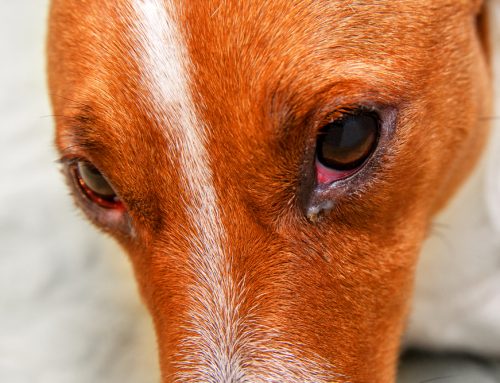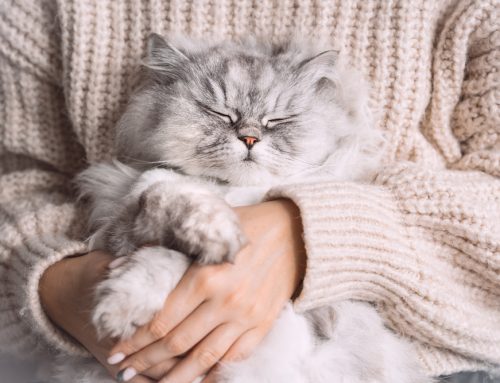It is hard to watch your best furry friend chronically scratch and bite at the skin. Skin problems in pets, though, are a common occurrence often caused by untreated allergies. Other diseases contribute to skin issues in dogs and cats, as well as dehydration and diet.
To uncover the conditions that cause skin problems, your friends at Town and Country Animal Hospital are here to help.
Common Skin Problems in Pets
In pets, the skin and coat are good indicators of what’s occurring in the body. This is because many diseases and conditions create skin problems or show up as conditions of the skin. This results in a lot of discomfort for four-legged friends.
These are some of the signs to look for if your pet has a skin disorder:
- Chronic scratching
- Dry skin
- Inflammation
- Biting at paws
- Rubbing face on ground
- Lesions or scabs
- Hair loss
- Lumps or bumps
- Hot spots (intense itching)
- Scaling
- Infection
Generally, skin problems are caused by one of the following conditions.
- Fleas: Fleas are not only incredibly itchy for your pet, they are also vectors for a wide variety of diseases that affect people and pets. Many pets are allergic to flea saliva and this allergic reaction causes many of the above mentioned symptoms.
- Dry skin: Like people, many pets deal with dry skin, especially in an arid environment or during winter months when the furnace is used. Consider using a humidifier in the home and encourage hydration by enticing your pet to drink more. Many pets prefer fountain type water bowls or dispensers, since they like running water. You can also add a bit of tuna water or wet food water to your pet’s normal water bowl.
- Mange: Mange is a condition caused by mites and can spread easily between pets. In healthy pets, mange is rare. These mites can lead to infection if they are allowed to thrive. This skin problem causes sores, loss of fur, scabs, and inflammation.
- Hot spots: Also known as acute moist dermatitis, hot spots are areas of the skin that feel hot to the touch. This is due to inflammation and is often caused by allergies, parasites, excessive licking or scratching, or infection. Most often they are found on the head, hips, and chest.
- Yeast infection: This form of infection is the most common and happens when there is an overgrowth of yeast. Your pet’s skin contains bacteria and yeast, and usually this isn’t a problem when they are in balance. Yeast infections are usually located in the ears, between the paws, and other areas that harbor moisture.
- Allergies: A great number of pets suffer from seasonal allergies, as well as those caused by food, chemicals, shampoos, perfumes, and other products in the environment. Unlike in humans, allergies in pets do not necessarily cause sneezing and upper respiratory issues. Most pets with allergies have a co-occurring skin condition.
- Ringworm: Not exactly what it sounds like, ringworm is a fungus rather than an actual worm. The “ring” in ringworm refers to the circular pattern of the infection. Pets with ringworm have scaly skin, inflammation, and bald spots. Young pets are particularly susceptible to this skin condition.
- Stress-induced alopecia: This skin problem is diagnosed more often in cats. It is a result of overgrooming. This happens when a pet is stressed and uses the act of licking the skin as a way to self-soothe. Addressing the issue of anxiety in your furry friend is critical in treating this form of alopecia.







Leave A Comment